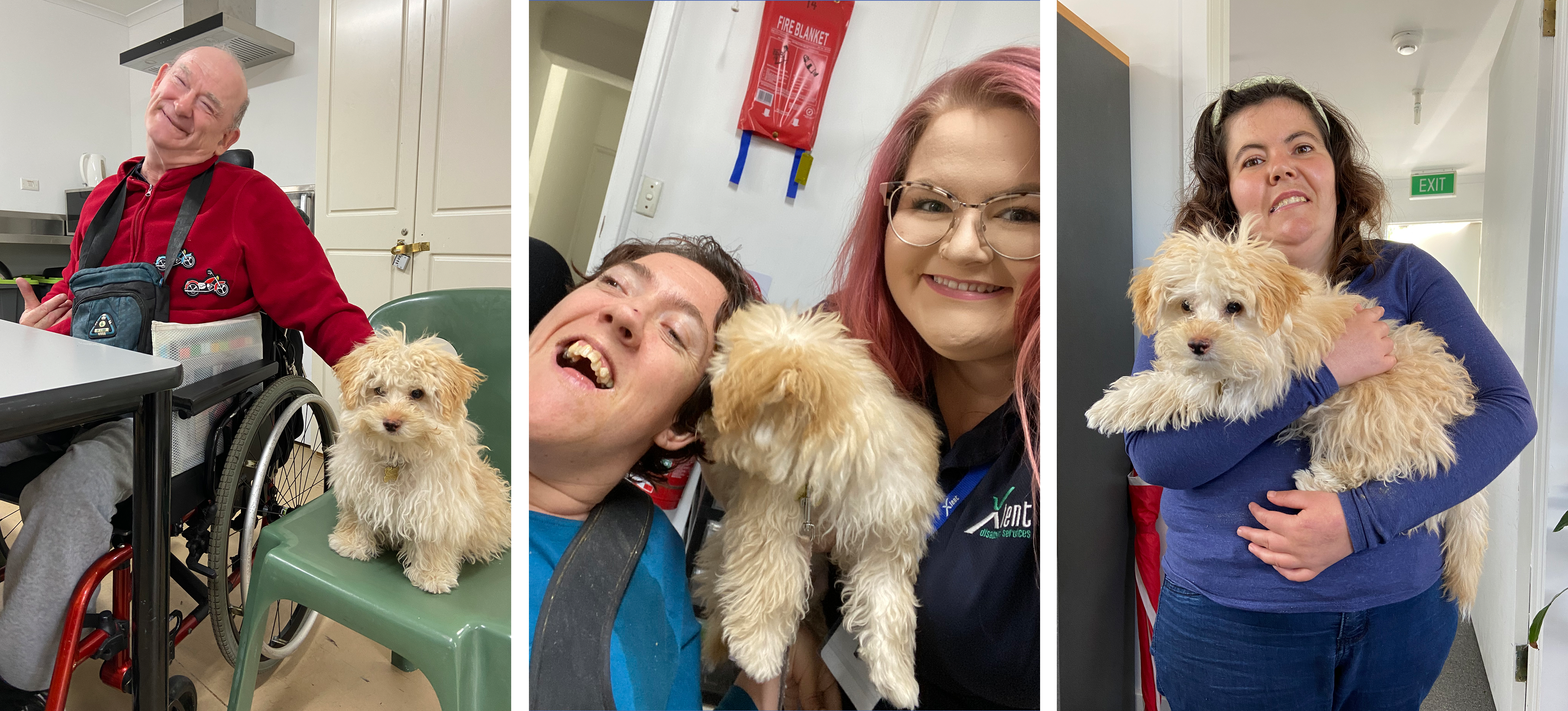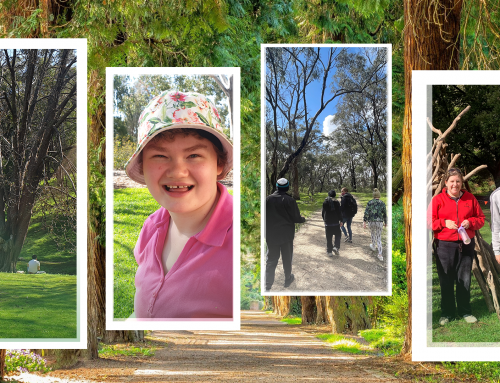If you have a pet at home, then you’ll already know how much joy and comfort a furry friend can offer, and how easy it is for pets to become a much-loved member of the family. While most people know that pets are great for relieving stress and providing companionship, there are other benefits that animals can provide to those living with visible and invisible disabilities.
Many people living with autism or other sensory processing disorders can frequently depend on non-verbal cues to communicate, which allows them to interact very well with animals. These skills can sometimes improve the person’s interactions with their peers and the world around them.
| For Physical Health | For Mental Health |
|---|---|
|
|

One of our Coordinators, Victoria, has been bringing in her little puppy to meet our Xlent Participants. While Sam is not a therapy or assistance dog, the participants have loved getting to know Sam and look forward to his visits (and cuddles)!








